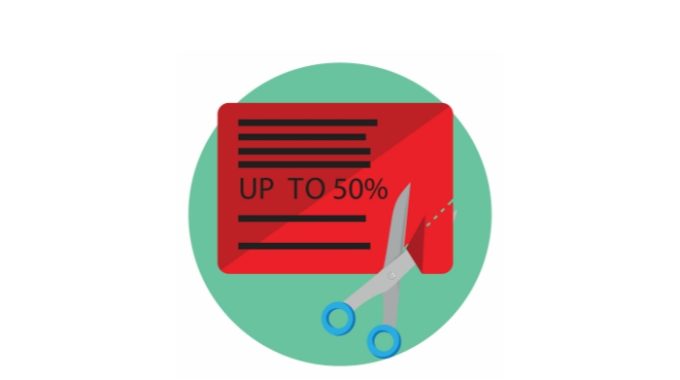
Taking a Page From Print Ads To Improve Your Website
Every few years, I re-read David Ogilvy’s, Ogilvy on Advertising. Each time I crack open the familiar binding, I find something to inspire me. Filled with practical advice that is as relevant now as it was when it was written almost 30 years ago, I recommend you picking it up for the first time, or rediscover it as I do.
As I recently re-read this classic, it struck me how his recipe for print advertising success sounds a lot like successful websites. I’m sure I’m not the first to make this connection, but I wanted to share with you these time-tested marketing techniques that sell your product or service, regardless of the medium.
Headline of the Class
Ogilvy found most people read a print ad’s headline but avoided the copy beyond that. Some things never change which is why it’s important that your page headers should simply state the most compelling reasons to buy. Make the message stick by being clear over clever and always including the product and the brand. This is true for URLs, and to pepper throughout your website to improve brand awareness and SEO.
Ogilvy also champions personalization and what was true then is true today. If you’re targeting women over 50 with asthma, or gamers in Vancouver, put that in the headline. It will catch attention and, hey, will help also with SEO.
Image That
We know websites should be filled with compelling images that people want to share on their social media. Ogilvy suggests creating a story with your image, something that will “arouse” the curiosity and excitement of your audience. This definitely works in advertising, and I think this works in blogs. But I’d stick to the product and packaging for product pages since people want facts when considering purchases.
A gem that I took out of this last re-read was to include images of the end result to show people how their lives can be better by working with you. If you’re in services, this may need to be supported with a process map, but focusing on WIIFM will only improve your website. Test it for yourself.
Copy Cat
Ogilvy admits people don’t read print ads and I’d say the same for most webpages. We scan. But that doesn’t mean you forget about it. Instead, tap into the scanning behavior of our web visitors by using short sentences and paragraphs and simple words. Creating a story with credible endorsements of other customers is as powerful today as it was when Ogilvy ran the advertising game.
Laid Out
Humans use our eyes to first process information, then we scan for more information before delving into the details. That right there is a recipe for a successful, simple print ad as well as a good website: images first, followed by the headline, finished with copy. I suspect now, like then, people also read captions on images so be sure to include them to engage audiences further.
Of course this is just one chapter in a powerful, time-tested book that is worth discovering for yourself, or re-discovering again.
Image: Photospin



